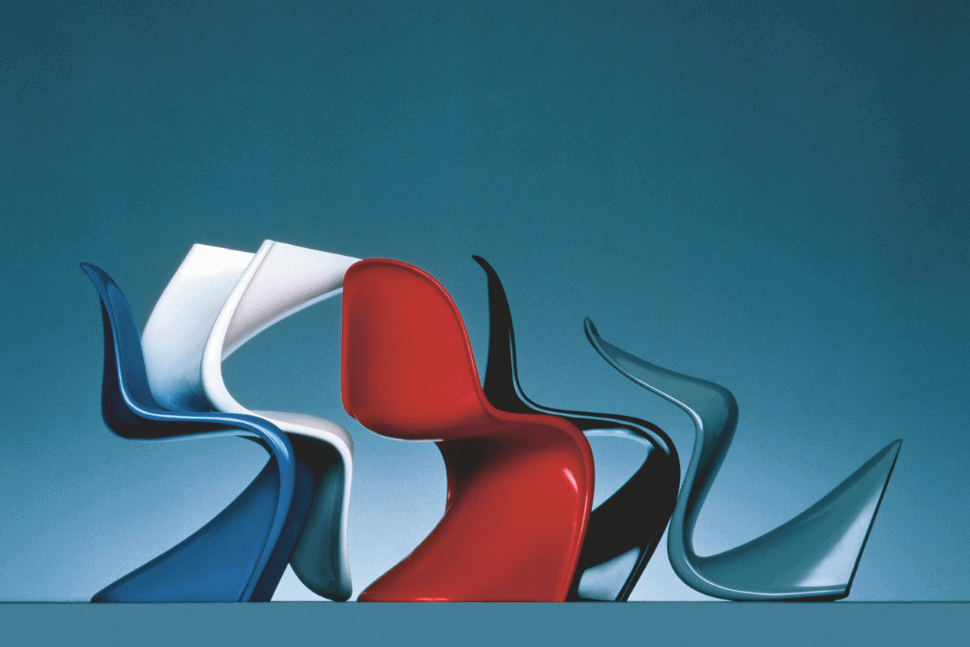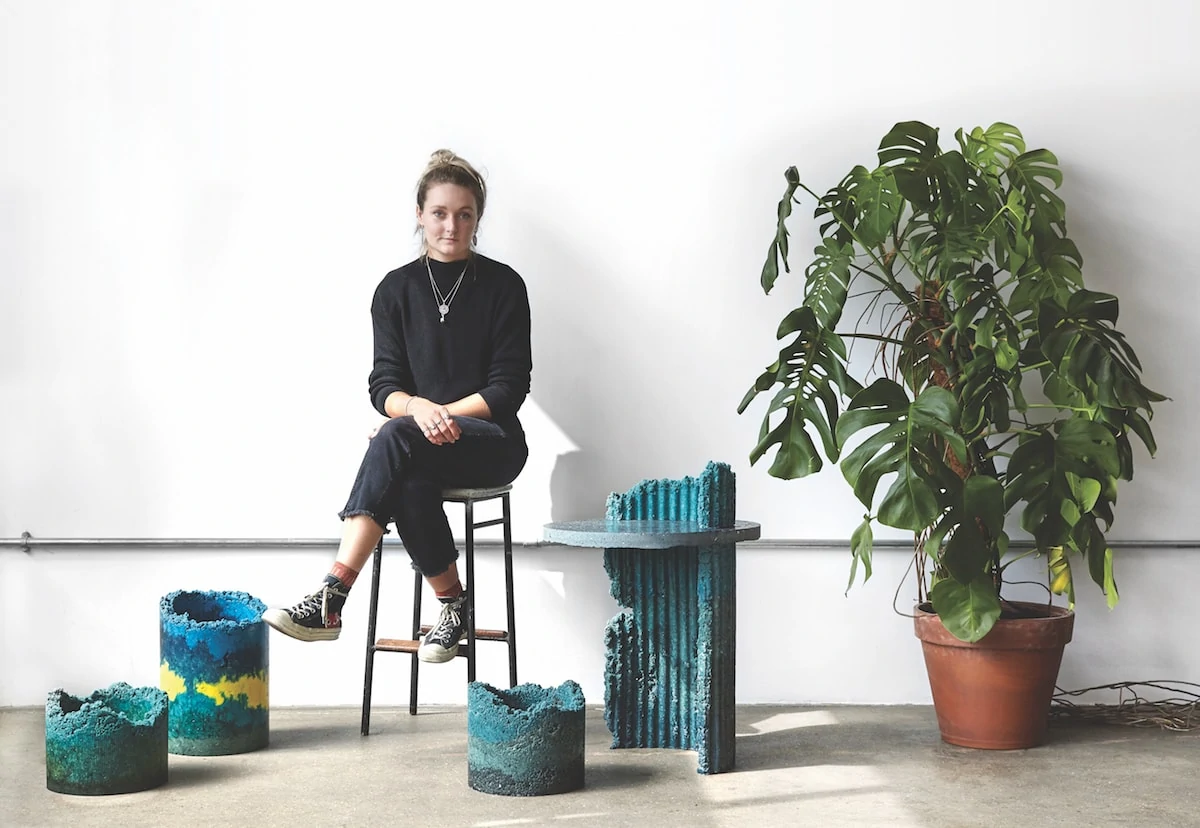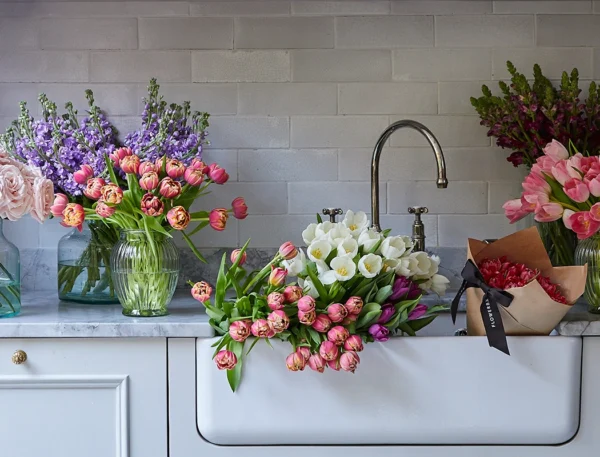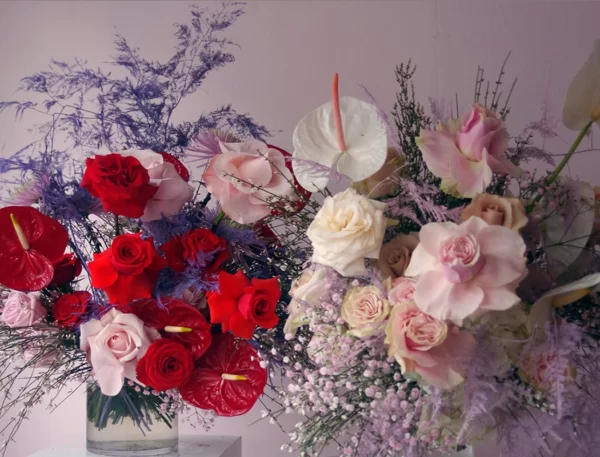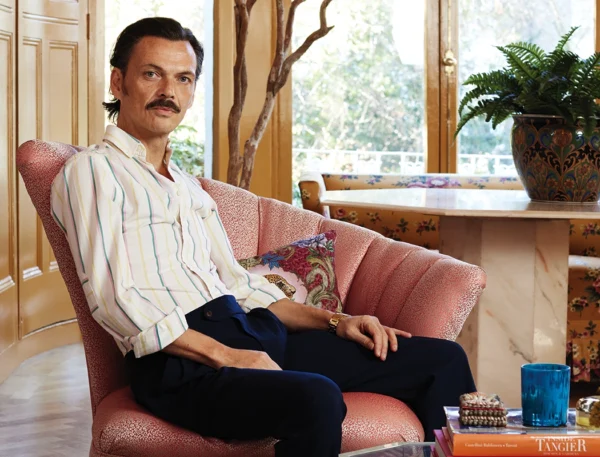Verner Panton’s trailblazing creations saw him rejected by fellow artists, yet his impact on the world of furniture and interior design is still celebrated today. We take a closer look at the Danish designer’s exuberant and groundbreaking vision, with photos from a 2018 book on his life and work.
His mid-century design contemporaries may have denounced him as a clown, but Verner Panton will be remembered as one of most influential 20th century furniture and interior designers. By disregarding the accepted norms and fearlessly experimenting with colour, shape, materials and processes, he came to redefine the function of furniture, inspired new ways of living and ultimately changed the industry on a global scale.
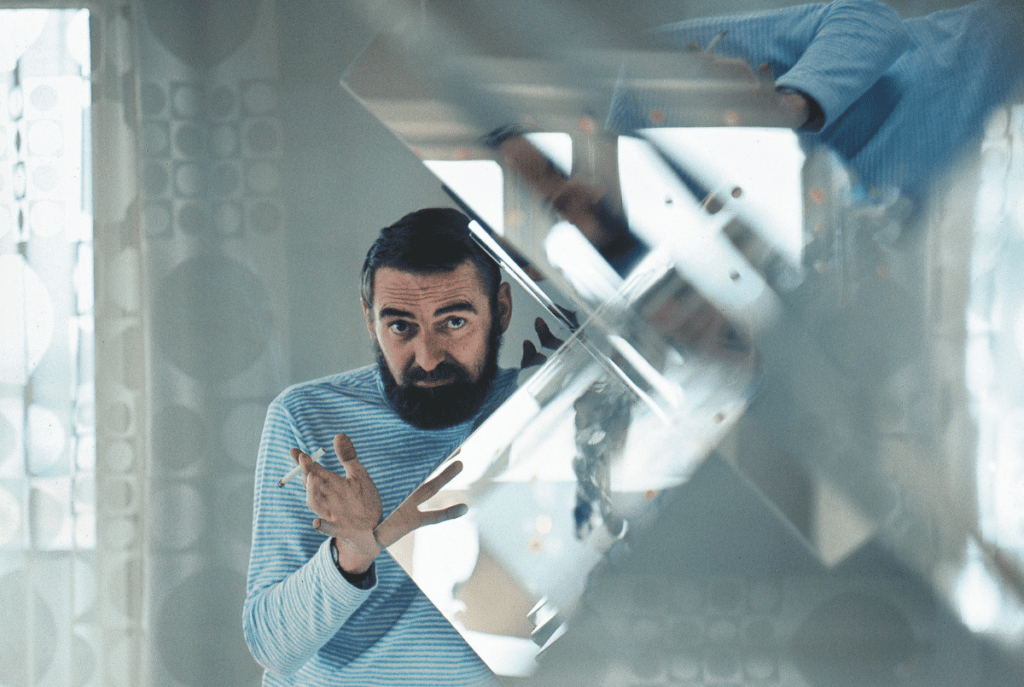 Pin
Pin Born in Gamtofte, Panton (1926-1998) studied architectural engineering at The Royal Danish Academy of Fine Arts before going to work for fellow countryman and design star Arne Jacobsen. He set up his own practice in 1955 and, like many postwar designers, became preoccupied with new materials and their potential for mass production – a quest that ultimately led him to create the piece of furniture for which he’s most famous: the gravity-defying “Panton” chair (1959-60), which was the first to be successfully moulded out of a single piece of plastic.
Other enduring and innovative Panton designs include the Cone chair (1958-60), which is mounted on a stainless-steel swivel base; the Fun lamp (1964), made up of pearlescent discs suspended from metal chains; the Flowerpot lighting collection (1969), which features a unique shade created by a hemisphere within a hemisphere; and the Panthella lamp (1971), whose trumpet-like base was designed to contribute to the distribution of light.
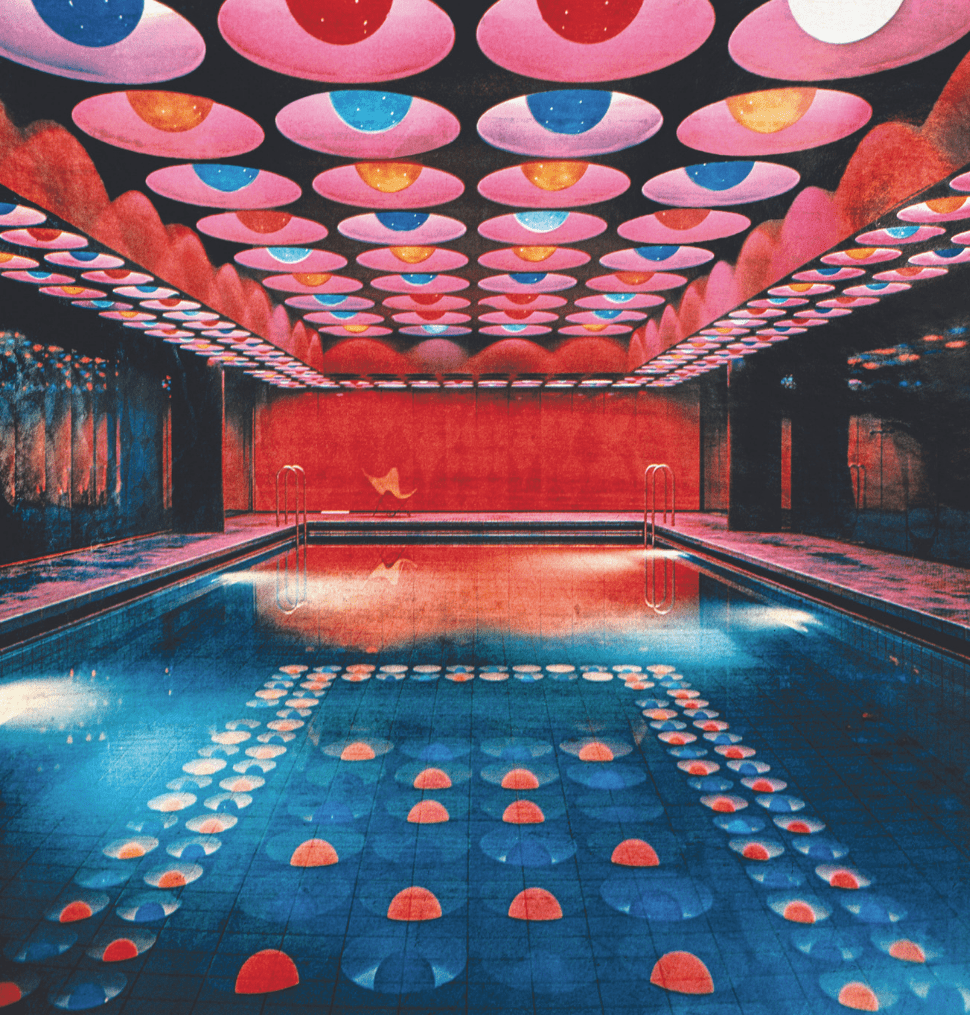 Pin
Pin Although primarily recognised for his furniture designs, it was as an experimental architect that Panton really came into his own. He once said that he wanted “to provoke people into using their imagination” and did so by designing rooms as landscapes that were an assault on the senses thanks to his use of Op-Art patterns, organic shapes and unusual textures. The most famous of his creations was Visiona II (1970), an installation for chemical company Bayer, that rejected all traditional notions of architecture to create not just an interior, but an emotional experience. Made up of a series of connected rooms where floors, walls, ceilings and furniture appeared to be moulded from a single mass, each was filled with intense colours, smells and atmospheric sounds – nothing like this had ever been seen before.
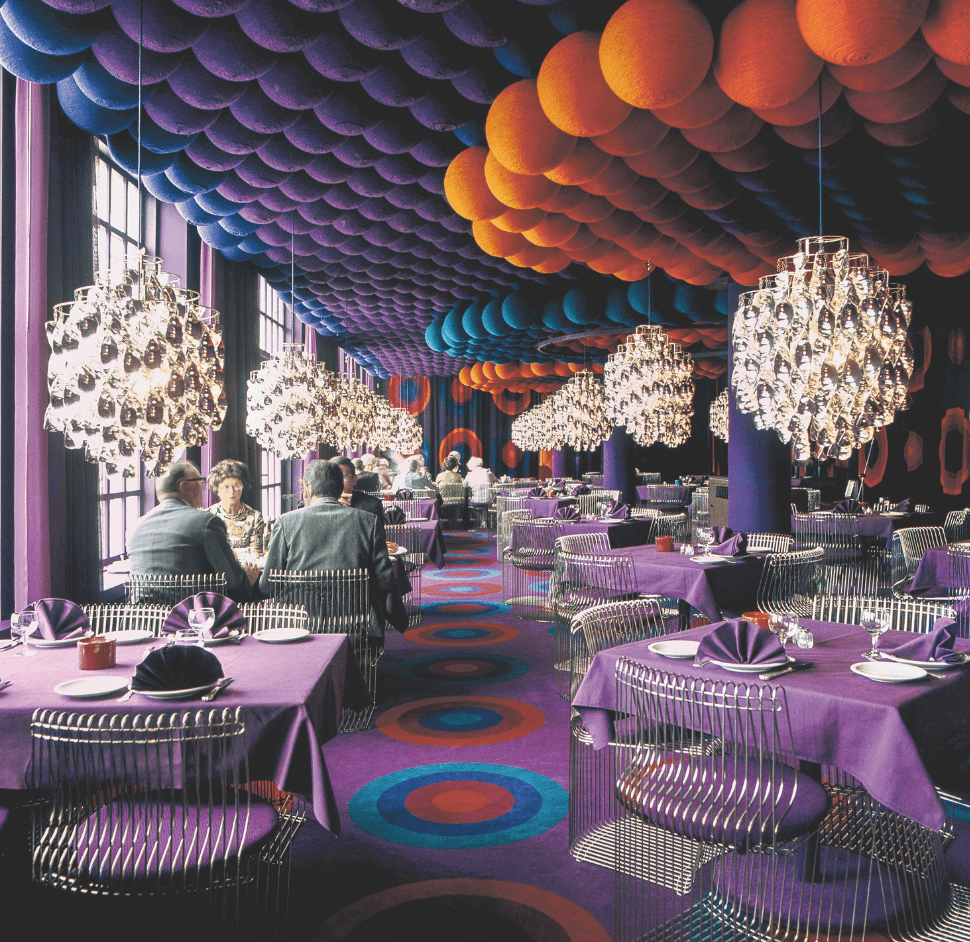 Pin
Pin For those wishing to decode the designer’s diverse oeuvre in more depth, the book Verner Panton by Ida Engholm and Anders Michelsen provides a comprehensive chronology, with a wealth of images, hand-drawn sketches by Panton and personal photographs, as well as information on many unrealised projects – enough to keep an avid Panton fan occupied for hours.
“Verner Panton” by Ida Engholm and Anders Michelsen (Phaidon, £69.95) is available here.





